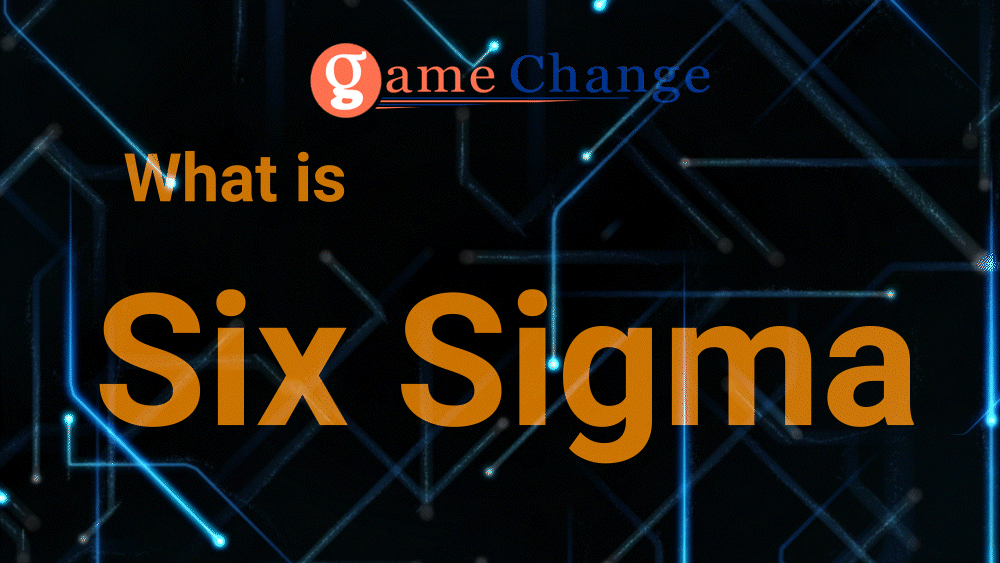Lean Six Sigma — a game of moves, counter-moves, and checkmates!

In the world of sports, few rivalries are as legendary as Messi vs. Ronaldo—two giants of football, each crafting their legacy with brilliance, finesse, and endless competition. But what happens when you take this level of competition and strategic genius, and apply it to the world of business? You get Lean Six Sigma—a methodology built on planning, precision, and just a touch of friendly rivalry.
At its core, Lean Six Sigma is more than just a process improvement framework. Like chess, it’s a game of moves, counter-moves, and checkmates, where every decision is calculated, every risk weighed, and every action measured. Recently, our Ishida Europe participants took on this challenge at Assembly Bradford, and in a playful twist, recreated the iconic Ronaldo-Messi chess face-off. The message was clear: Lean Six Sigma isn’t just about completing tasks—it’s about mastering the game of continuous improvement.
Lean Six Sigma Meets Chess: A Strategic Synergy
Let’s think about chess for a moment. It’s a game of strategy where success depends on thinking several steps ahead. You have to analyse the board, predict your opponent’s moves, and adjust your game plan accordingly. The same principles apply in Lean Six Sigma.
Whether you’re optimising a production line or enhancing a service process, Lean Six Sigma relies on a deep synergy between data, analysis, and strategy. Much like a chess grandmaster who calculates multiple moves in advance, a Lean Six Sigma practitioner uses data-driven analysis to anticipate potential bottlenecks, inefficiencies, and areas for improvement. You’re not just reacting to problems as they arise; you’re predicting and preventing them.
In our chess match analogy, every piece represents a tool in the Lean Six Sigma arsenal—data collection, root cause analysis, process mapping, and statistical methods like control charts and hypothesis testing. Each piece has its role and its strengths, and knowing how to leverage them in tandem is what separates an average Lean Six Sigma practitioner from a Black Belt-level master.
Data: The Pawn that Wins the Game
It’s easy to think of data as just numbers, but in Lean Six Sigma, data is like the pawns on a chessboard—seemingly small but absolutely essential for success. Without data, we’d be playing the game blindfolded, making decisions based on gut feelings and assumptions. But with data? We can see the entire board. We can anticipate moves, identify patterns, and predict outcomes with far greater accuracy.
For example, imagine you’re trying to reduce the time it takes for a product to go from production to delivery. Without data, you might guess which part of the process needs improvement. But with a robust dataset and the right analytical tools, you can pinpoint the exact moment where delays occur. Using tools like the Pareto Chart or the Fishbone Diagram, you can break down a complex issue into its components, zeroing in on the root cause.
Synergy: Where Data and Strategy Meet
But Lean Six Sigma isn’t just about gathering data—it’s about using that data in synergy with strategy. It’s about seeing the connections between seemingly unrelated pieces of information, much like a chess master sees the potential interactions between all the pieces on the board.
The real magic happens when this synergy clicks into place. Data gives us the “what,” and Lean Six Sigma methodology gives us the “how.” Together, they allow us to craft strategies that not only solve today’s problems but also create processes that are resilient, flexible, and scalable. Whether it’s reducing variation through Six Sigma’s DMAIC (Define, Measure, Analyse, Improve, Control) approach or streamlining workflows using Lean principles, it’s the combination of data and strategy that makes Lean Six Sigma so powerful.
Our Ishida Europe participants understood this synergy. Their chess match at Assembly Bradford wasn’t just symbolic—it was a demonstration of how Lean Six Sigma, much like chess, requires foresight, calculation, and the ability to stay several steps ahead. Each move matters. Each decision has consequences. And in the end, it’s the combination of individual moves, the anticipation of counter-moves, and the continuous analysis that leads to victory.
A Game of Continuous Improvement
If there’s one key takeaway from our Lean Six Sigma chess match, it’s that this isn’t a game of chance. It’s a game of skill, precision, and continuous improvement. Just as in chess, where you learn from every game, every process improvement cycle in Lean Six Sigma offers lessons. Each cycle of DMAIC or DMADV (Design for Six Sigma) builds on the last, creating a continuous loop of optimization and refinement.
And just as a chess player seeks checkmate, Lean Six Sigma practitioners strive for perfection—or at least something close to it. But here’s the catch: the game never really ends. There’s always another move to make, another problem to solve, another process to improve. That’s the beauty of it.
Lean Six Sigma is a never-ending pursuit of excellence. It’s not about reaching a final destination, but about mastering the art of iterative improvement, of constantly sharpening your game, and of playing to win—every time.
Who’s Ready for the Next Move?
Watching our Ishida Europe participants square off over the chessboard was more than just a lighthearted moment. It was a reminder that Lean Six Sigma isn’t just a set of tools or a certification—it’s a mindset. It’s about thinking strategically, using data wisely, and embracing the game of continuous improvement. And just like in chess, the best players know that success comes not from reacting to the current move, but from anticipating the next three.
So, who’s ready to make the next move? Because in Lean Six Sigma, every decision matters, every improvement is a win, and the game—well, it never really ends.
♟️ Let the Lean Six Sigma chess match continue!
#LeanSixSigma #DataDriven #StrategicThinking #ContinuousImprovement #ChessMoves #Synergy #Teamwork #Optimization







Responses